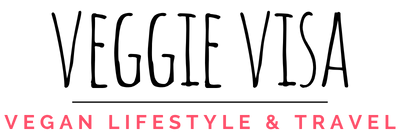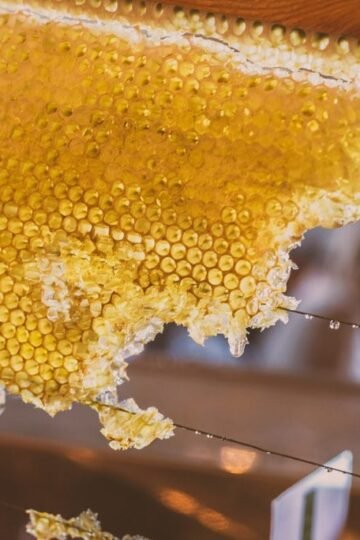Is Wool Vegan? Production, Cruel Practices, & Alternatives
Once I started to think about veganism beyond food, I realized that the vegan status of clothing was something I needed to evaluate. It only took a short shopping trip one winter to realize that wool is in nearly every sweater, coat, and scarf. So, I started to wonder, "Is wool vegan?".
Eventually, as I started to understand veganism better, it became clear that the answer was no, wool is definitely not vegan. But aside from the fact that wool is an animal product, immediately eliminating it from a vegan lifestyle, what's the big deal? Why exactly is wool so bad? Because, everyone who disagrees with that will immediately tell you that sheep "neeeed" to be sheered by humans to be comfortable, or happy, or whatever.
Is Wool Vegan?
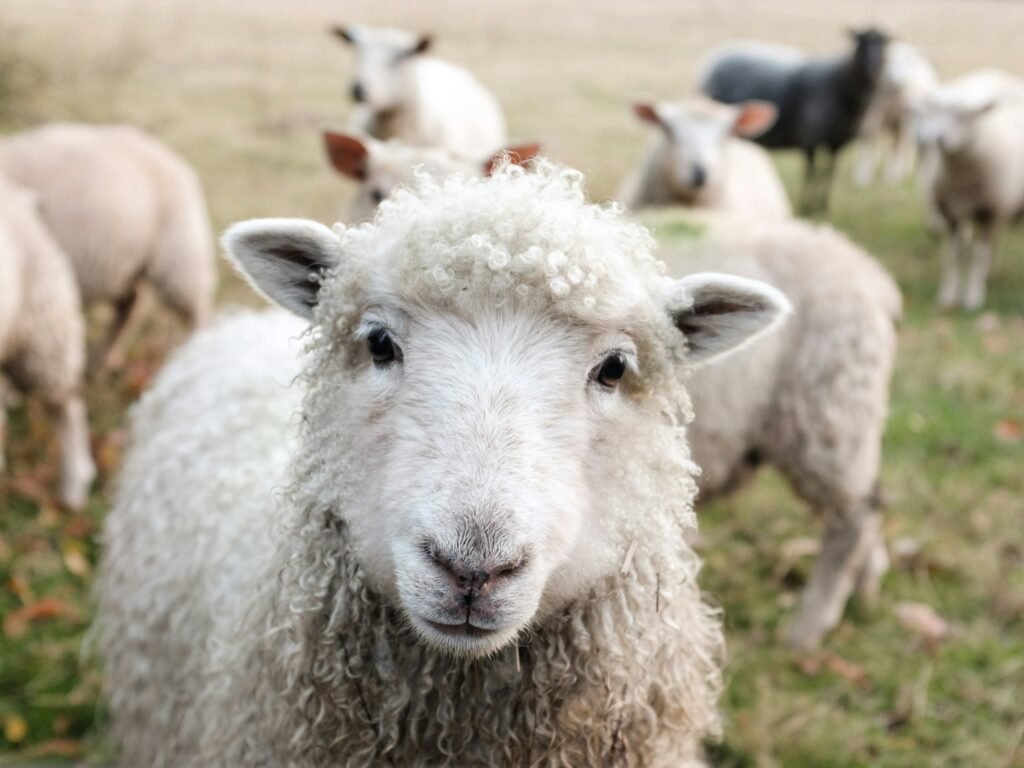
So, why not just use the hair from an animal that's no longer using it. In my opinion, it's about the exploitation of animals that comes along with turning their byproduct into a profit. From breeding sheep for their wool, to the harmful practices that are a part of production process, one can clearly see that most wool products have a direct association with animal abuse and harm.
As with literally every single aspect of life, the topic isn't entirely black and white. Sometimes, vegans may still wear or use wool products, and even uptight members of the vegan police might have a hard time justifying unleashing their wrath on such "offenders".
So, here's the dark side of wool production, what to look out for when shopping, what derivative products are made from wool, wool alternatives, and some instances when wearing or using wool is understandable to most rational people.
How Wool Is Produced?
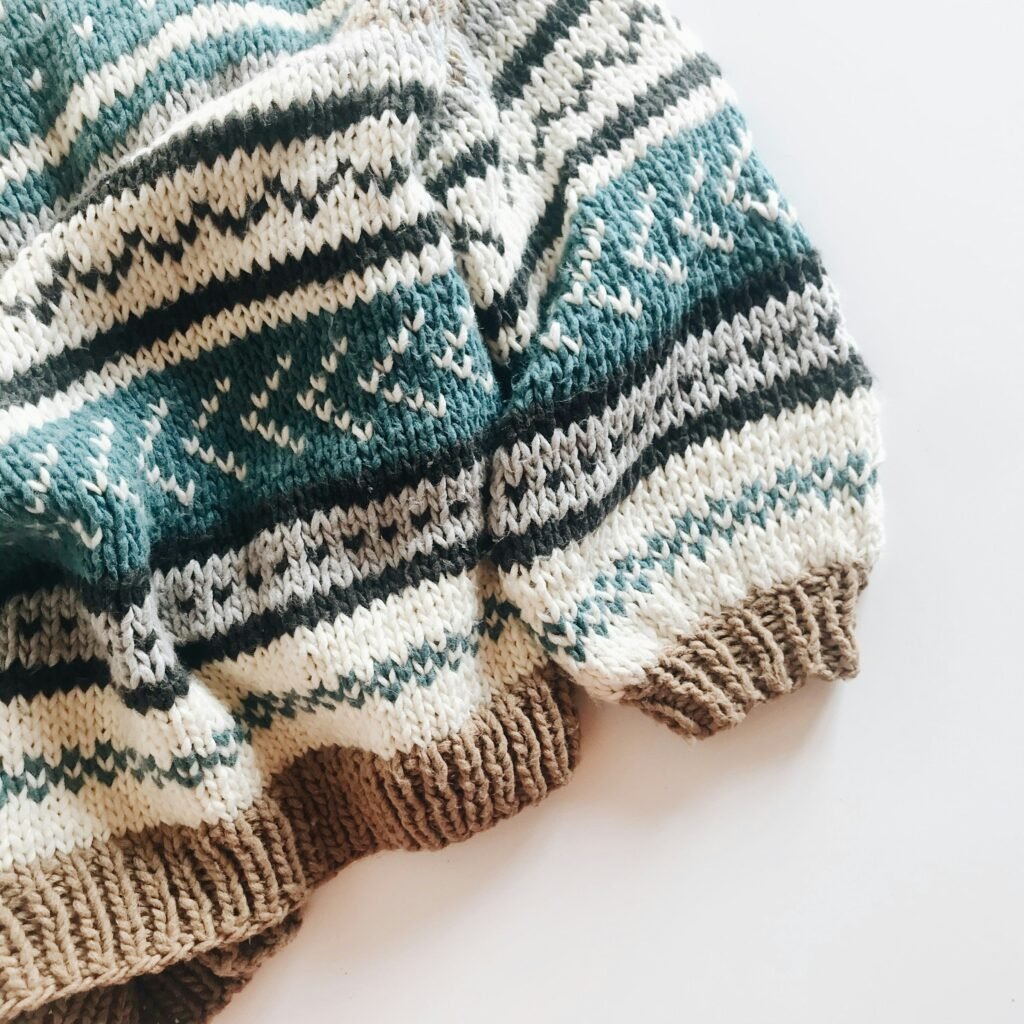
Wool has been used by humans for around eight thousand years, with wild sheep being domesticated a few thousand years before. Originally, wild sheep were more hairy than wooly but with selective breeding by humans a more wooly sheep was eventually produced.
Shearing, scouring, sorting, combing, carding, dyeing, and spinning are the main steps of wool production.
Newly shorn wool from a sheep is called "raw wool". The raw wool then goes through the scouring process, which is the cleaning phase. During the souring process, lanolin and vegetable matter are separated from the wool.
Next, a sorting state, called wool-classing, occurs. The raw wool is separated based on its value. The wool then goes thorough further processing of combing, carding, dyeing, and spinning to get to its final commercial state.
Cruel Practices in the Wool Industry
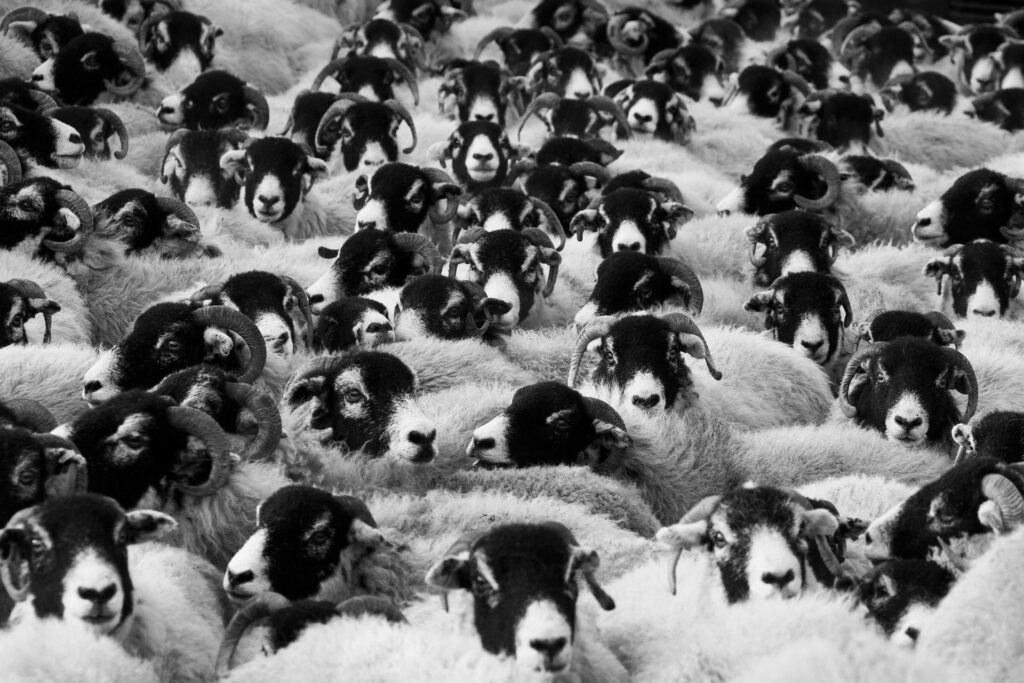
When asking the question: is wool vegan? We should first focus on the cruel practices that are a part of the wool industry.
One of the most criticized features of the wool industry is the process known as mulesing. During this process the wrinkly, wool-bearing skin around the buttocks of a sheep is cut it. Once healed, the scarred tissue is smooth and no longer grows thick wool, thus preventing the collection of urine and feces from the sheep. This is done to prevent insects and parasites that are normally attracted to the aforementioned bodily waste.
Typically, during this process sheep often undergo additional modifications like ear marking (cutting), tagging, and tail docking (removal). Animal rights organizations like PETA strongly opposes mulesing and these other cruel and painful practices.
Other complaints and criticisms of the wool industry are based on general animal exploitation that occurs when raising sheep in a factory farming setting. Along with this general exploitation, the animals which are bred for wool production, are all eventually slaughtered and sold for meat consumption.
WARNING: The below video was produced by PETA. If you know anything about PETA, you know they're known for their graphic imagery exposing animal violence. Please only watch this video if you are prepared for such imagery. I'm including it here for educational purposes only so that you know how violent, harmful, and abhorrent the wool industry can be to animals. This video is not for everyone!
Byproducts of Wool Production
Lanolin, which is also known as wool yolk, fat, and grease, is produced by the glands of sheep and acts as a natural waterproofing agent for their wool. During the wool production process, lanolin is separated from it during the scouring phase. Lanolin is then sold as another byproduct of the wool and sheep meat industry.
Lanolin - Products that Contain It

Lanolin is used in high volume by the health care and cosmetic industries, but it can be found in everything from shaving cream, to industrial lubricants, to shoe polish.
Lanolin is an ingredient used in a plethora of cosmetics, including lipstick, blush, eye liner, mascara, concealer, eye shadow, and also makeup removal. It's also a key ingredient in medications like topical skin ointment, hemorrhoid medication, medicated shampoos, and some vitamin D supplements.
In addition to its non-vegan status, some people are highly allergic to lanolin, and thus should prudently check labels for the inclusion of lanolin. That said, it can be tricky to know what products do or don't contain lanolin. So, when reading product labels, keep an eye out for the following names, which can all be used as a replacement for lanolin: wool alcohol, lanolin alcohol, wool grease, adeps lanae anhydrous, cholesterin, isopropyl lanolate, laneth, lanogene, lanolin acids, lanosterols, sterols, triterpene alcohols, wool fat, and wool wax.
Wool - It's Not a Black and White Topic
As you can see, wool is absolutely not vegan. That said, some ethical vegans do use and wear wool products. In some cases, it's just due to lack of awareness about the harmful and cruel practices of the wool industry.
In other cases, it could be that a garment or product was purchased prior to one going vegan, or was handed down to them by a family member and holds sentimental value. Others may purchase wool products from second-hand shops or acquire them for free at swap meets.
So, in some instances, vegans are able to justify owning wool products. Yet, what is clear is that wool is not vegan, and purchasing new wool items directly contributes to the exploitation of sheep.
Vegan Wool Alternatives
So, with wool off the table, some alternatives include hemp, cotton, tencel, bamboo, and vegan wool.
Tencel, which is also known as Lyocell, is a fabric that has become a popular alternative. Wood pulp from sustainably sourced eucalyptus trees is used to produce tencel. This material is biodegradable, and can also be recycled, which ranks it as one of the more eco-friendly fabrics.
Hemp is another wool alternative that is used to create a breathable and strong fabric. Hemp requires less water to grow than most plants, and it also doesn't need pesticides. Making it a great choice. If you're looking for a soft and plush material similar to cashmere, then bamboo is a great wool alternative.
Additionally, the vegan wool industry is making big strides. Totally vegan wool products are being made from plants like cotton, nettle fibers, hemp, and even coconuts.
Weganool is one such option. It's a vegan wool made by blending cotton with calotropis (a weed), and is produced by FABORG, an India company. Vegans can find this fabric in shirts, scarves, and liners, among other clothing.
Danish brand Onion is producing vegan wool from nettle fibers, and students at the Universidad de los Andes in Colombia have created a vegan wool product called Woocoa from coconut and hemp.
Is Wool Vegan? Wrap-up
It's completely understandable to question whether or not there is any harm in choosing wool. After all, the images promoting wool products are those of happy sheep roaming free in the beautiful green fields of Scotland.
But the truth about wool production is darker than that. It's one of mutilation, abuse, and slaughter. Plus, with the range of options available these days, wool isn't a product we really need in our lives anyway.
So, when asking the question, "Is wool vegan?" the answer should be pretty clear.
Note: this article is for educational purposes only. Veganism is a personal choice and is not about perfection. If you choose to be vegan, your daily choices are up to you and you alone. Nothing in this article is meant to support the uptight vegan police or tell you how to make choices. We all have to do that for ourselves.
